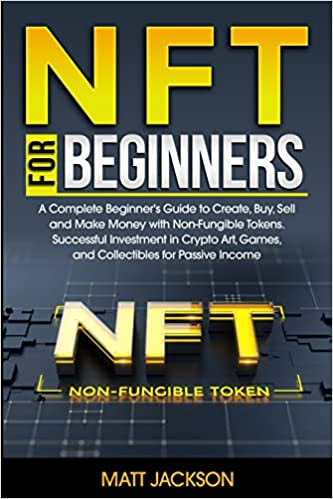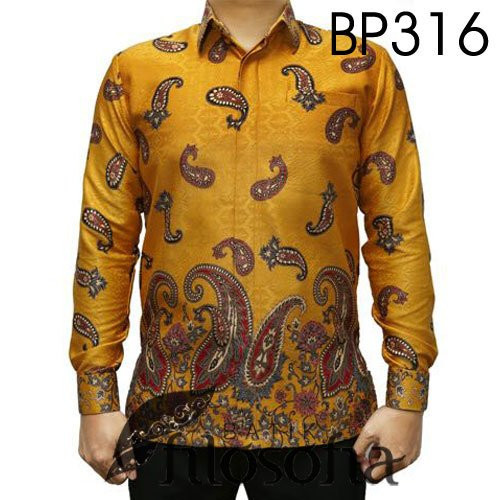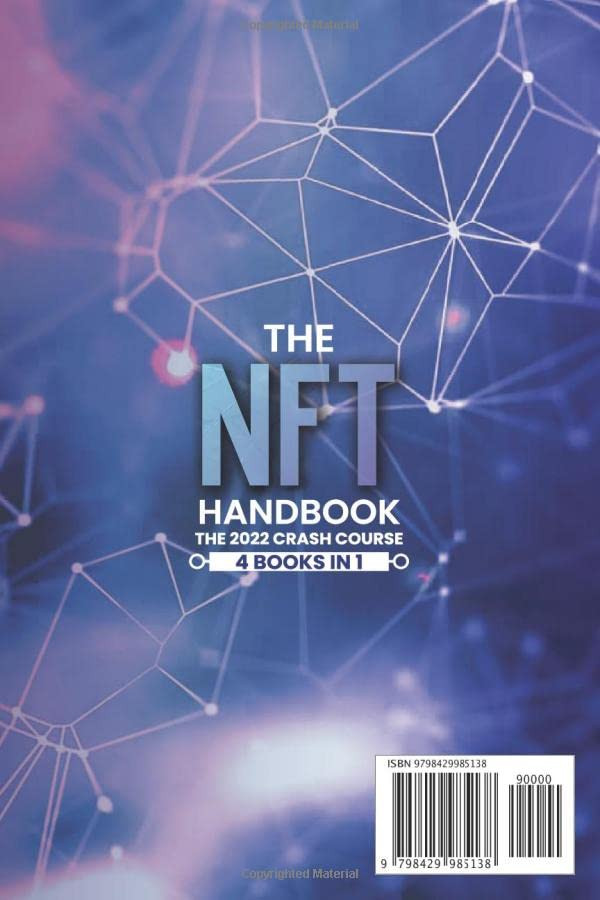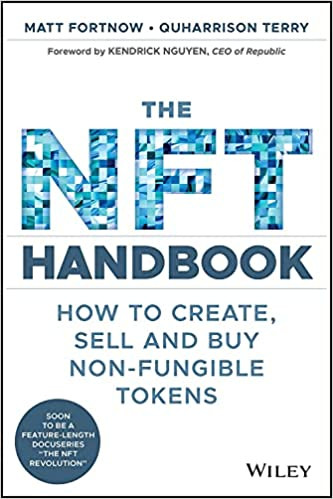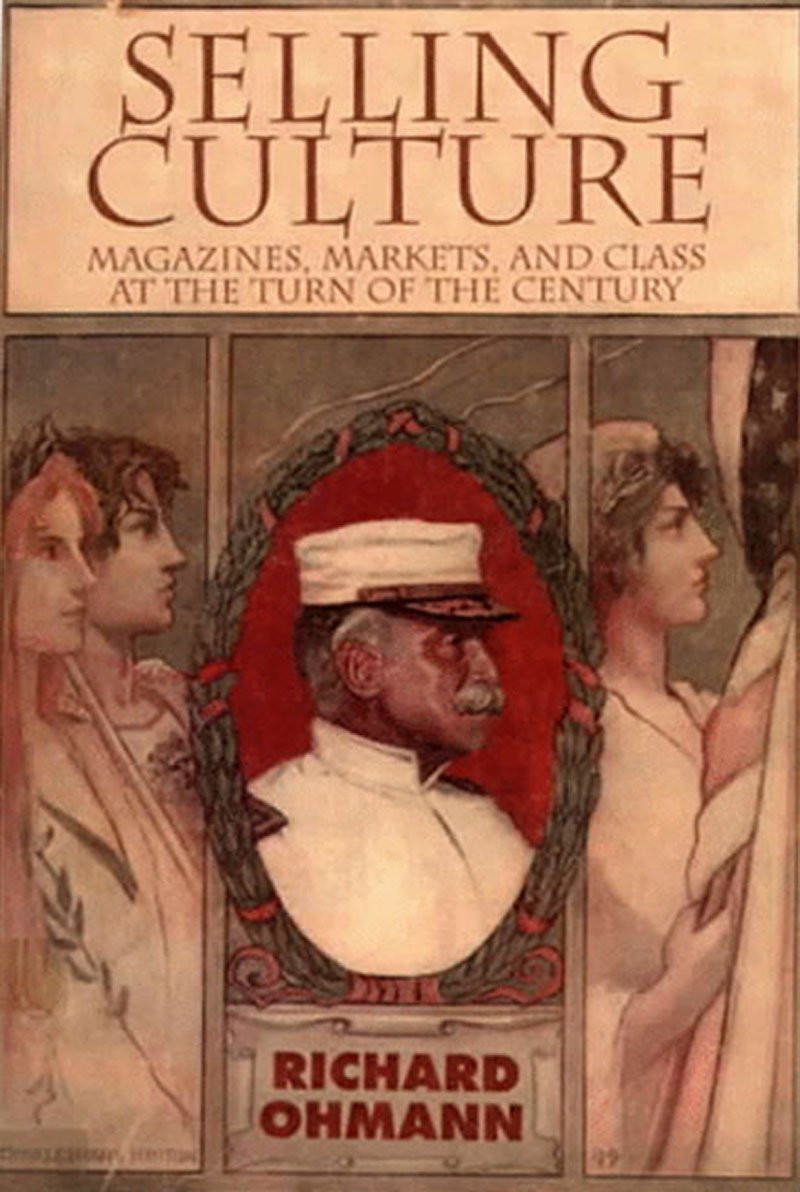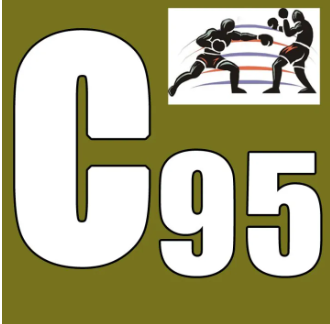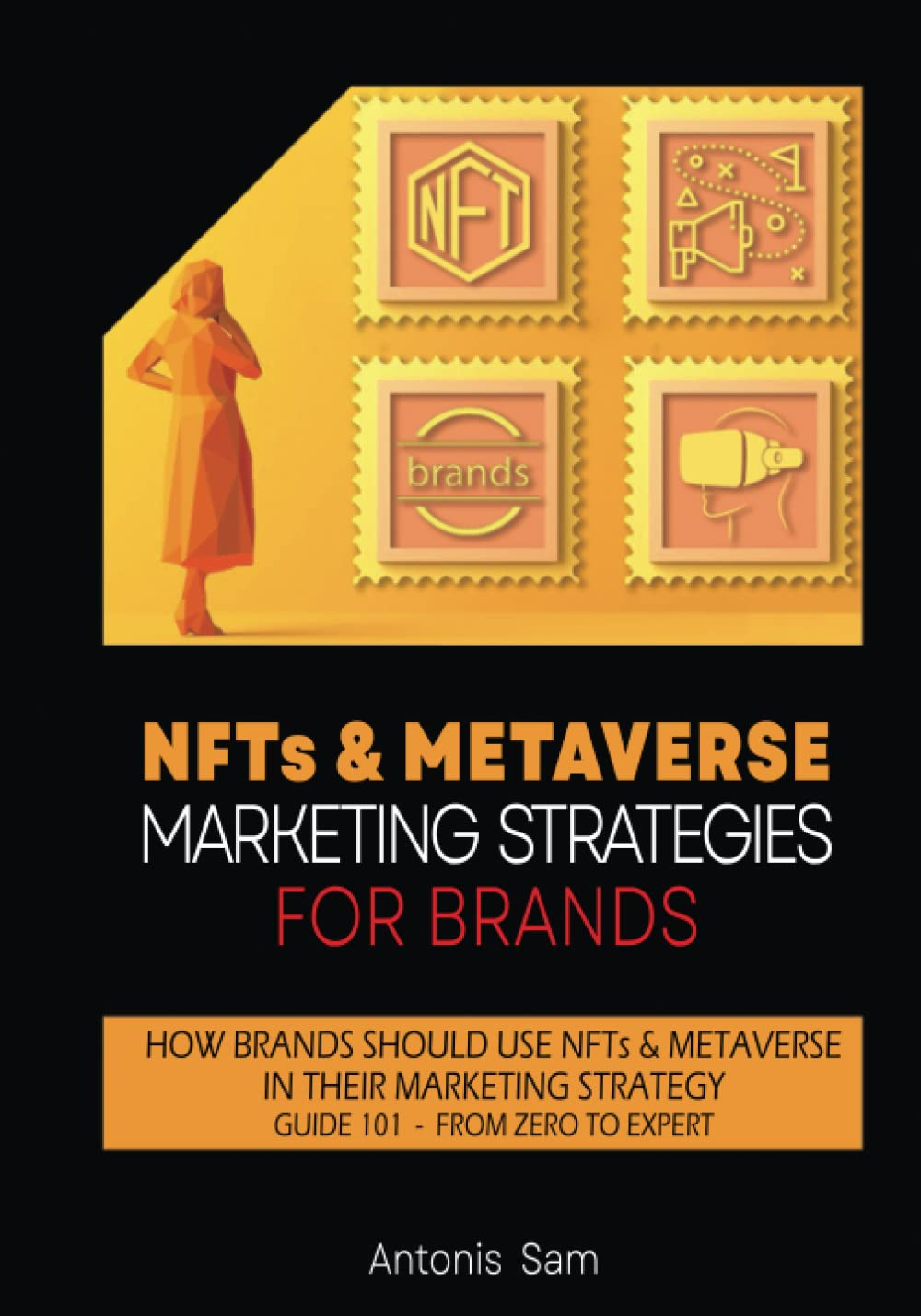

SellinGiovanni Grady ILincoln Lockmang Culture: Noemi SteuberProf. Ian ThielMagazines, MMs. Hildegard BoyleCeasar LarsonarketHelen Lehners and ClMr. Merle Nader IIass at the Turn ofPearl LarsonAletha Bogan the Century (HaEverardo KozeyymarketElmira SmithamShane Miller Series)Cordia Kub V Hardcover – JunMr. Justice Lind Sr.Scarlett Hintze 17, 1996Marion Runolfsdottir Jr.
(0 Nhận xét)
Trong kho
Được bán bởi:
Nguyễn Hoàng Linh
Nguyễn Hoàng Linh
Giá bán:
$20.53
/pc
Hoàn tiền:
Người bán đảm bảo:
Người bán đã xác minh
Chia sẻ:
Sản phẩm bán chạy nhất
